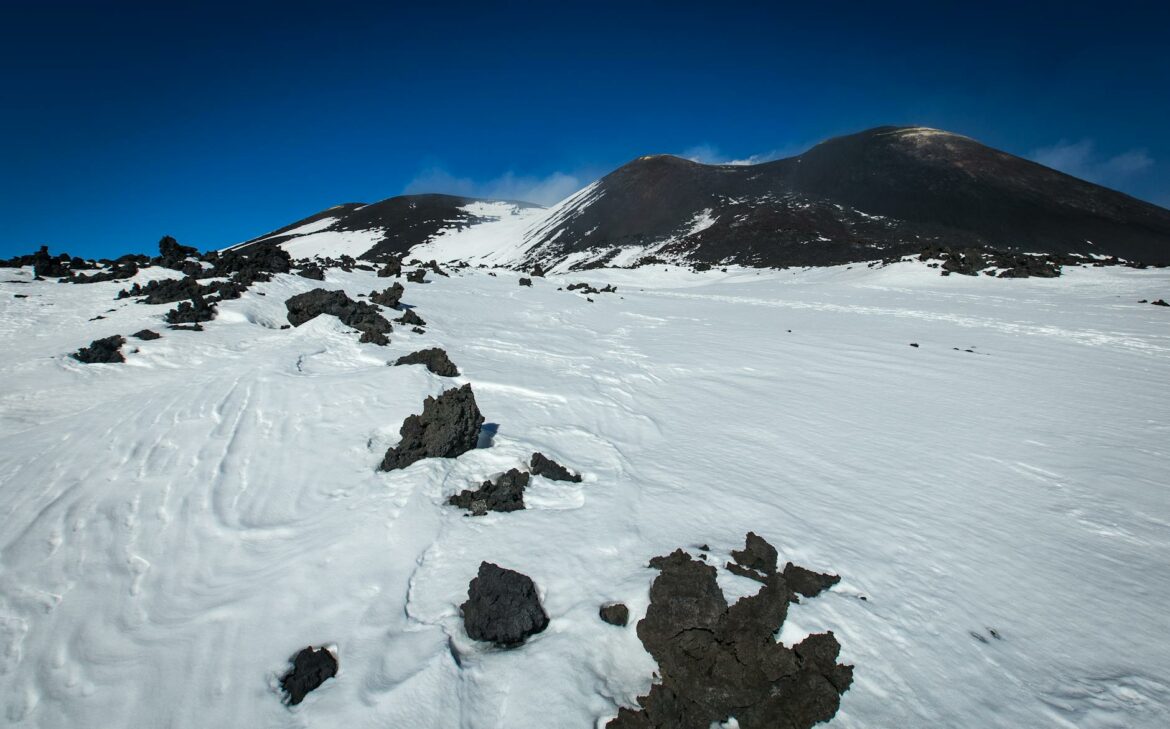Imagine stepping into a pristine lake on a crisp autumn morning. The air, tinged with the scent of fallen leaves, sends tingles down your spine as you submerge yourself into the chilly water. Your heart races, and you can feel the coolness enveloping every inch of your body. This visceral experience is what many have come to embrace through the practice of cold plunges, a trend that is sweeping across wellness communities and fitness circles alike. But beneath the invigorating shock of icy water lies a swirl of scientific discussions and personal anecdotes, leaving us to wonder: is cold plunge recovery a legitimate practice backed by science, or is it simply the latest health craze, hyped up to sell overpriced ice baths and wellness retreats?
Cold water immersion has been around for centuries, with references that date back to ancient Rome and Greece, where baths were often used for recovery and rejuvenation. Fast forward to the present, and cold plunges have become a staple among athletes, fitness enthusiasts, and even casual gym-goers, all seeking to harness their potential physical benefits. The explosion of social media has only amplified this trend, with influencers and dedicated followers showcasing their brisk dips, often accompanied by captions celebrating the rush of endorphins and increased vitality.
But what’s happening beneath the surface? The science surrounding cold plunge recovery is as intricate and layered as the feelings it evokes. Cold exposure, primarily through icy water, tempts the body into a state of shock, stimulating various physiological responses. When you plunge into cold water, your blood vessels constrict—this is called vasoconstriction—and while this might initially seem adverse, it’s a crucial part of the recovery narrative. As your body warms back up post-plunge, those blood vessels dilate once again. This process enhances circulation, thereby promoting the removal of metabolic waste and delivering oxygen-rich blood to sore muscles.
Research in the field has produced mixed results. While some studies suggest that cold water immersion can reduce muscle soreness and inflammation after intense workouts, others argue that the benefits may not be as pronounced as advertised. A study published in the *Journal of Physiology* found that athletes who engaged in cold water immersion after exercise reported decreased muscle soreness in the days following their workouts. In contrast, other researchers caution that immersion might dampen the body’s natural inflammatory response, which plays a role in muscle recovery. So, is it beneficial or detrimental? The jury is still out, and it may very well depend on the individual and their specific recovery needs.
Beyond physical recovery, cold plunges also have psychological implications. The mental fortitude required to endure the initial shock of cold can foster a sense of resilience and accomplishment. It’s akin to the mindset cultivated through other challenging activities, like climbing a steep mountain or running a marathon. This mental aspect of cold exposure connects deeply with the practice of mindfulness, where the focus on the immediate sensations can draw one away from the daily stresses of life. Many practitioners report a heightened sense of calm and clarity after their plunge, often attributing this to the release of endorphins and the subsequent adrenaline rush that follows.
Despite the scientific debate, the anecdotal evidence surrounding cold plunge recovery is compelling. Influential figures in the health and wellness space, from professional athletes to wellness coaches, credit their success and recovery speed to regular cold plunges. Take the case of elite swimmer Michael Phelps, who famously embraced post-race ice baths during his training, or the numerous high-profile athletes who advocate for the practice. These endorsements have undoubtedly fueled interest, drawing in those looking for ways to enhance performance and recovery.
However, as with any wellness trend, there are folks who remain skeptical of its purported benefits. Some argue that the focus on cold plunges overshadows other, more established methods of recovery, like adequate hydration, nutrition, and sleep. These foundational practices should not be overlooked, as they are crucial for overall health and recovery. It’s essential to remember that while cold plunges can be a fun and invigorating tool in the recovery toolbox, they are not a one-size-fits-all solution.
Moreover, practicality plays a role in the conversation surrounding cold plunge recovery. Not everyone has access to a dedicated cold plunge pool or time to devote to such rituals. For many, the idea of braving icy waters may feel daunting and impractical. Alternatives do exist, such as cold showers or ice packs, that can provide similar benefits without the need for a fancy setup. Yet, there is something undeniably appealing about the communal and ritualistic aspects of a cold plunge—gathering with friends or teammates, sharing in the collective experience of braving the chill, and emerging with a sense of triumph.
As the cold plunge trend continues to grow, it seems that the conversation will only become more nuanced. Researchers will likely delve deeper into understanding the mechanisms at play, while anecdotal experiences will keep pouring in, shaping a cultural narrative that embraces both skepticism and enthusiasm. Perhaps the outcome isn’t as binary as science versus hype, but rather a spectrum where individual experiences meet the collective wisdom of generations.
Ultimately, whether you’re a die-hard fan of the cold plunge or merely curious about the phenomenon, it’s clear that both the cold water immersion experience and the science behind it offer rich material for exploration. So, next time you’re confronted with the icy waters, remember—you’re not just stepping into a frigid bath; you’re engaging in a centuries-old practice that intertwines mind and body, science and story, challenge and triumph. The answer to whether cold plunge recovery is science or hype might just lie within your own experience.

